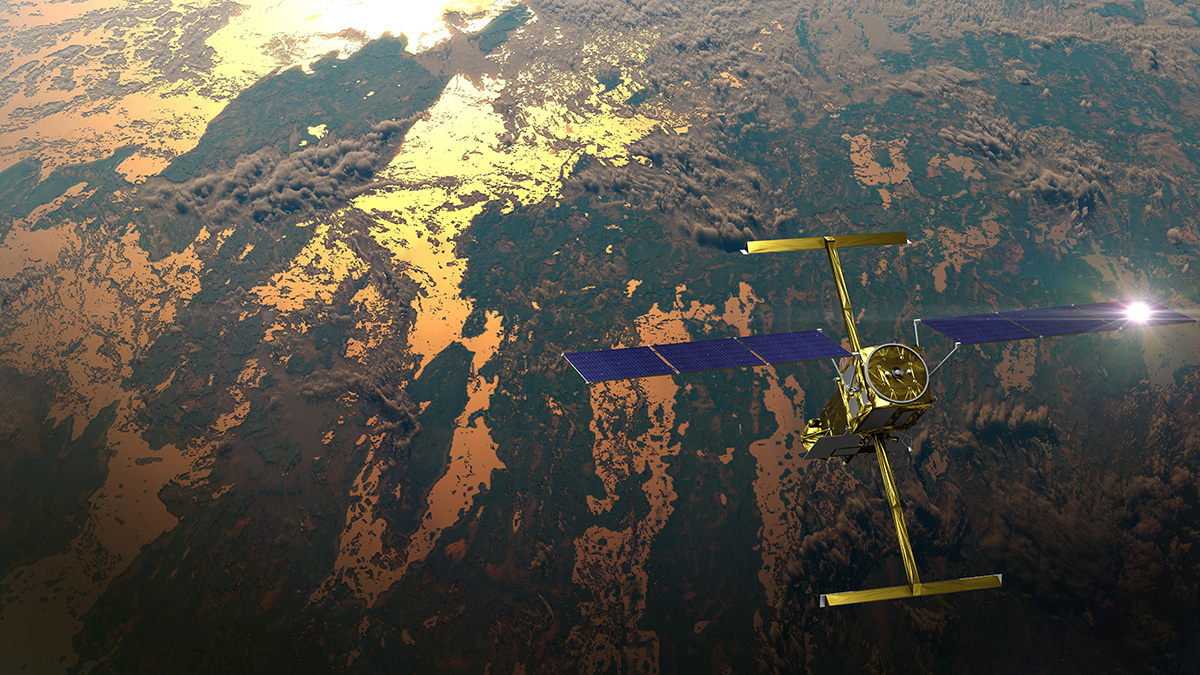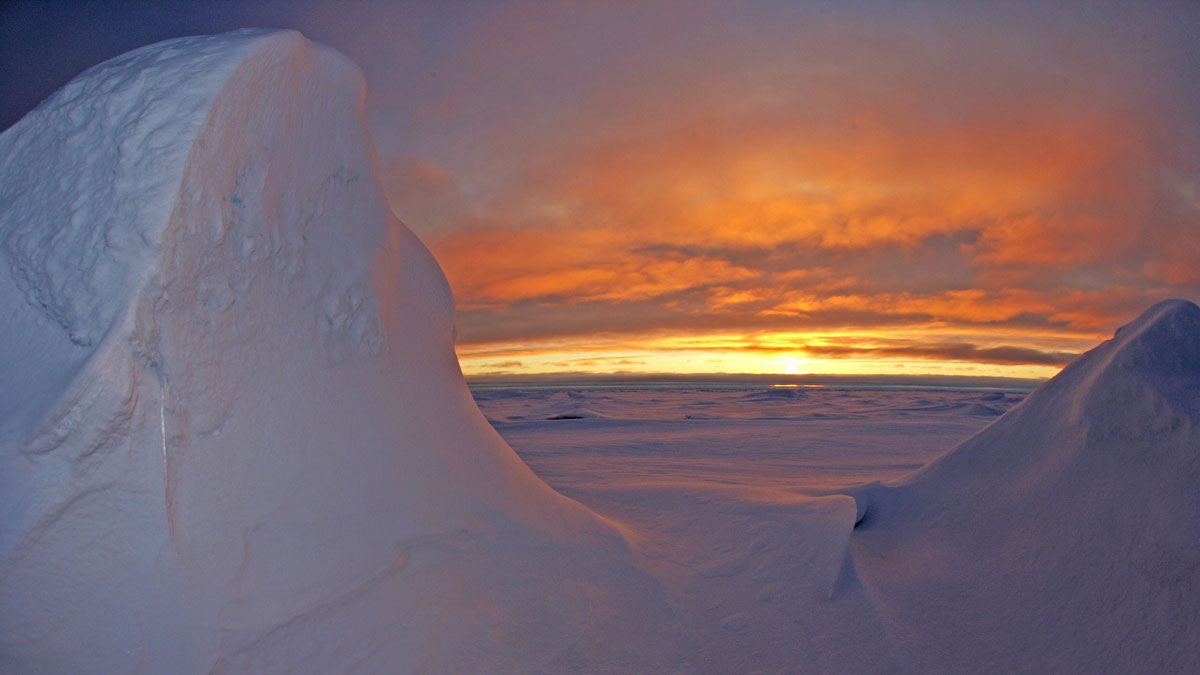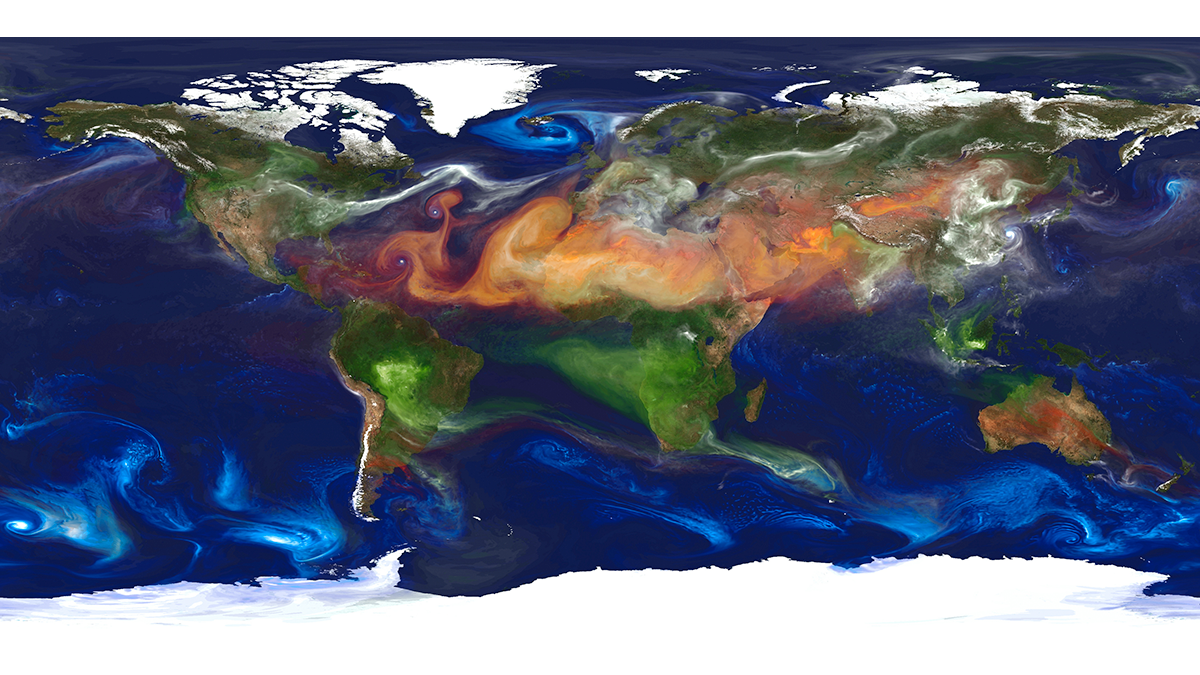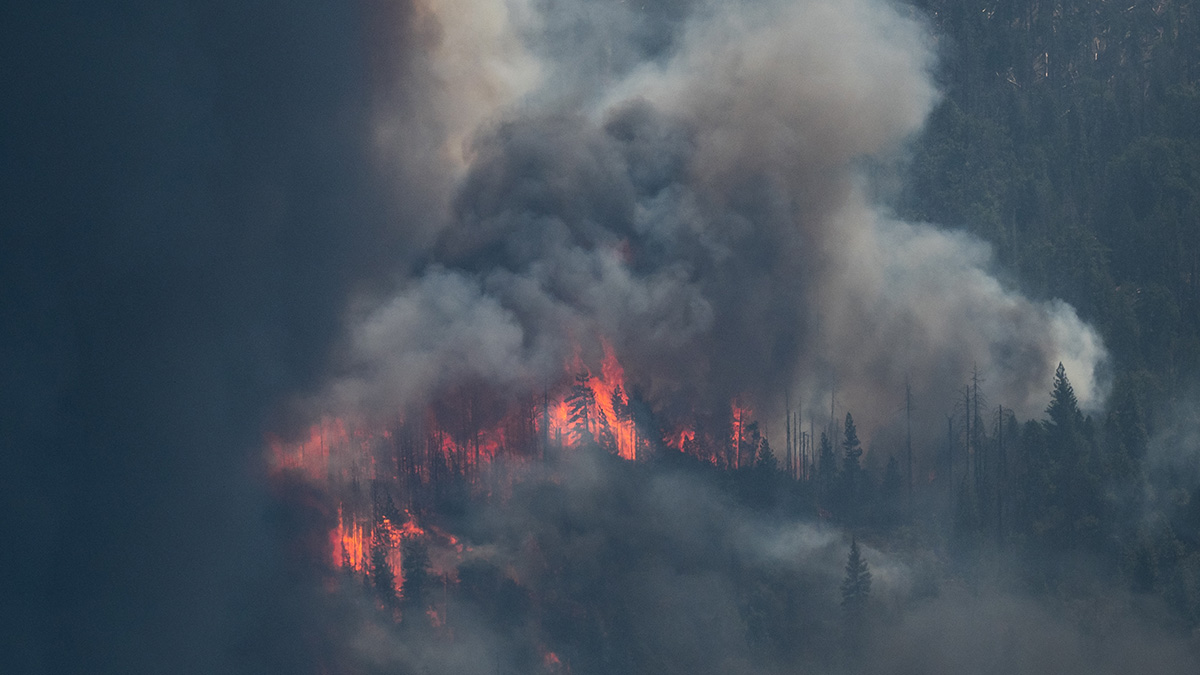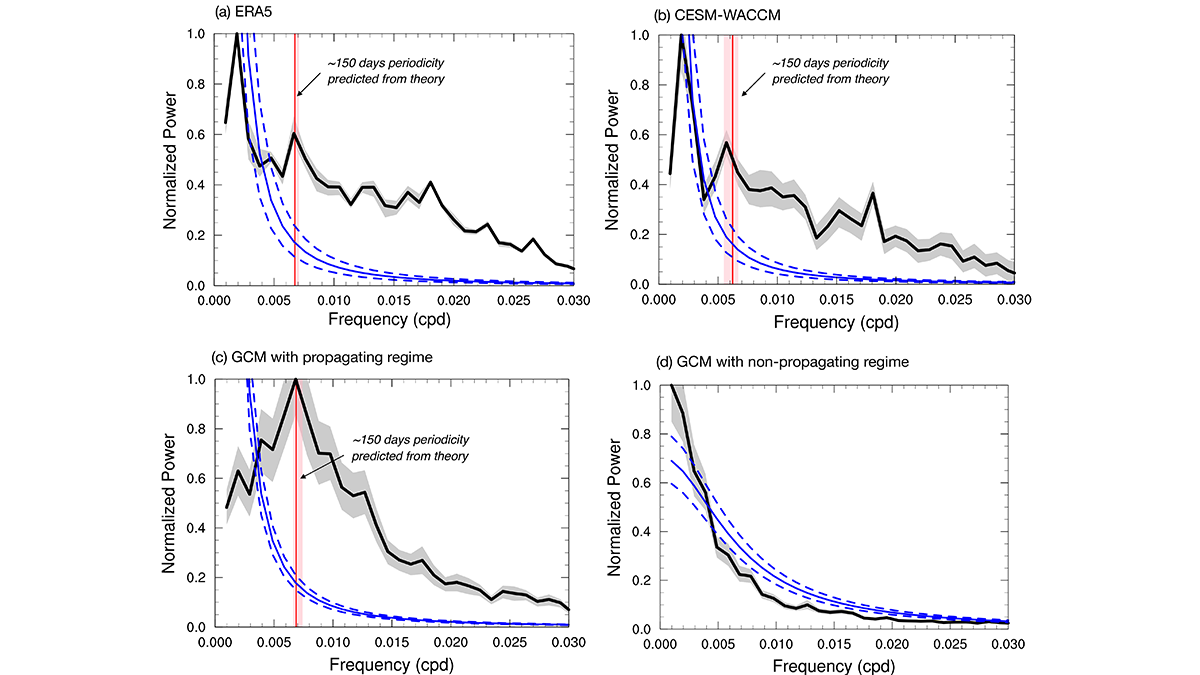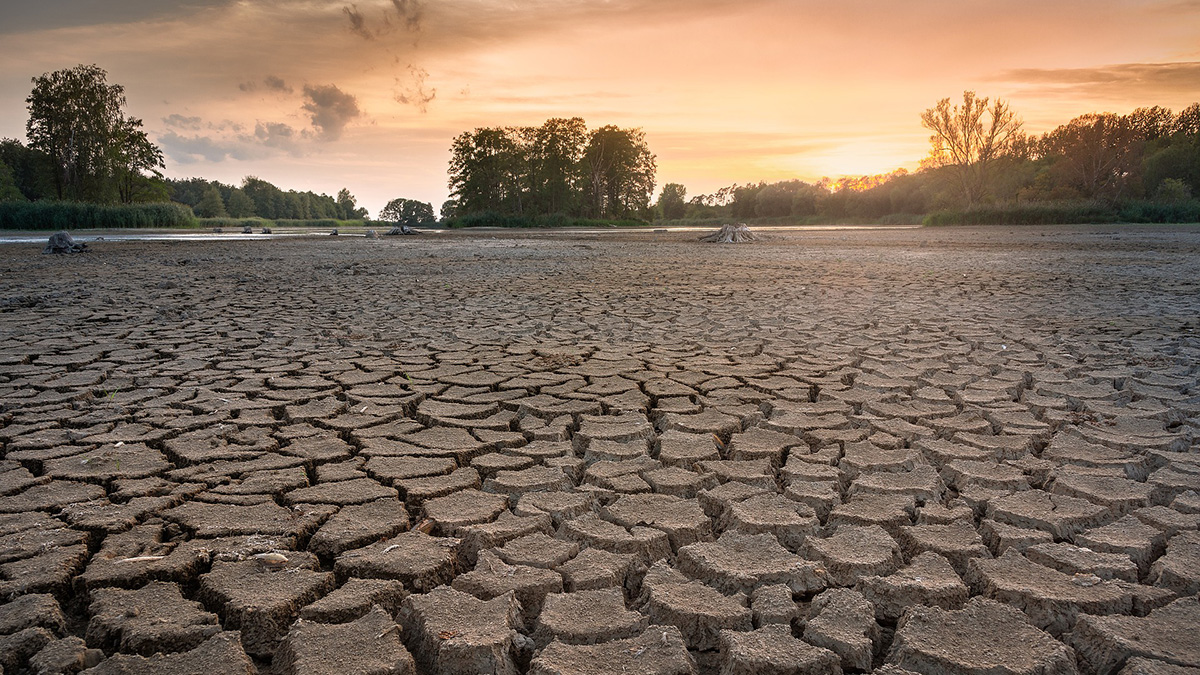A new study shows that losses are global in both arid and humid regions and could have significant impacts on a quarter of Earth’s population.
Climate Change
Protecting the Ozone Layer Is Delaying Arctic Melting
The Montreal Protocol has unintentionally slowed global warming and pushed back the first ice-free Arctic summer by 15 years, according to new research.
Fixing the Flawed Colorado River Compact
The 1922 Colorado River Compact ignored available science and overallocated the river’s water, a decision whose effects reverberate today. Now there’s an opportunity to get things right.
Reducing Aerosol Climate-Forcing Uncertainty: A Three-Way Street
To reduce persistent aerosol-climate-forcing uncertainty, new in situ aerosol and cloud measurement programs are needed, plus much better integration of satellite and suborbital measurements with models.
As Wildfires Grow, So Could Methane Emissions
Wildfires that wreaked havoc on California in 2020 filled the atmosphere with a potent greenhouse gas.
Warming Waters Drive Some Mariners to Piracy
As fish production waxes and wanes with climate change, so too does the risk of maritime piracy in East Africa and the South China Sea.
A 150-Day Periodicity is Revealed in the Southern Extratropics
An internally generated 150-day periodicity is newly identified in the Southern Hemisphere extratropical large-scale atmospheric circulation, which arises from the annular mode’s propagating regime.
How Scientists Can Safeguard Themselves Online
Scientists are always at risk of digital harassment by bad actors looking to undermine scientific credibility and progress, but there are protective steps they can take.
Flash Droughts Are Getting Flashier
Warming temperatures and less rain are causing flash droughts to develop more quickly and strike more often.
Climate Change Is Drying Out Earth’s Soils
Earth’s land is drying as it warms, but it is not clear how dry is too dry.

